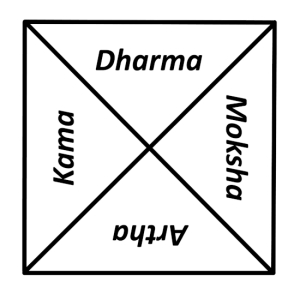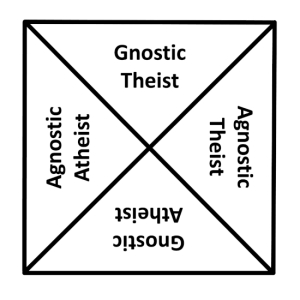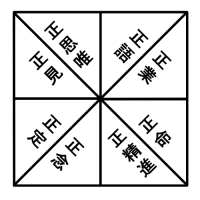 Let us calculate!
Let us calculate!
— Gottfried Wilhelm Leibniz
Oh, Ramon Llull, where have you been all my life? I’m sure he’s been there all along, death now over seven hundred years in the past, just like always. His legacy seems at first glance to be quite the essence of medieval religion and scholastic philosophy, but still significantly and obscurely different to be enticing to this one. And on further examination, much more.
My schema above has little to do with his grand elaborate figures, except for listing the sixteen attributes he called “dignities”. Llull’s diagrams are full of clock-like wheels within wheels, complicated tableau, and combinatorial patterns. He wished to create a universal model to understand reality, and who wouldn’t want to discover the same? It is said that his methods are akin to an early computer science, and I’m just now starting to understand why.
The magister based the substance of his methods on his Christian faith, although he converted in midlife from Islam. Living in Barcelona, it was probably a good place to make such a change, but felt his calling was to convert others as well, so traveling he went. The methods he developed to convince others of their errors in belief were quite remarkable, as were the volume of his writing.
Like Gottfried Wilhelm Leibniz, who lived four hundred years later and was influenced by him, Llull wished to automate reasoning. But instead of building mechanical devices, Llull built computers from paper and ink, rulers and drawing compasses, scissors and glue. And instead of numbers as the smallest tokens of his computer, he used abstractions (i.e. words) that he felt would be understood by everyone in exactly the same way.
For example, he enumerated these sixteen dignities or aspects of his Christian diety, although sometimes he used the first nine. His constructions allowed one to pose questions and then obtain answers mechanistically that would be convincing to all observers of the correctness of the result. Too bad he was ultimately stoned to death while on his missionary work, although he lived to be eighty two.
Llull’s devices remind me of some of my pitiful charts and diagrams, and make me wonder if I may either adapt some of his techniques to my own use, or be inspired to develop others. I suspect I have locked myself into limitations by my approach, or are these constraints to my advantage? It might be hard to have spinning elements, but I can envision sliding elements like Napier’s Bones, origami-style folding and pleating, and even physical constructions like linkages and abacuses.
Now a martyr within the Franciscan Order, Llull’s feast day is June 30, which I’ve now missed. I hope to remember him to repost or improve on this by next year.
Further Reading:
https://en.wikipedia.org/wiki/Ramon_Llull
https://plato.stanford.edu/entries/llull/
http://trepanatus.blogspot.com/2007/06/ramon-llull.html
https://history-computer.com/Dreamers/Llull.html
https://publicdomainreview.org/2016/11/10/let-us-calculate-leibniz-llull-and-computational-imagination/
http://www.ncregister.com/blog/astagnaro/bl.-raymond-lull-and-the-worlds-first-computer
https://dangerousminds.net/comments/the_13th_century_thinking_machine_of_ramon_llull
The memory wheel
https://www.google.com/search?q=ars+magna+llull&tbm=isch
[*11.118]
<>
 Hakuin Ekaku: Four Ways of Knowing:
Hakuin Ekaku: Four Ways of Knowing:











